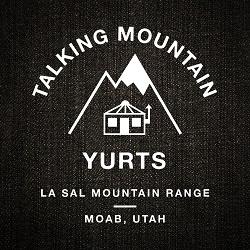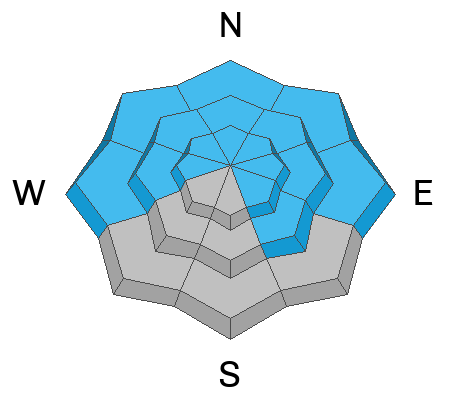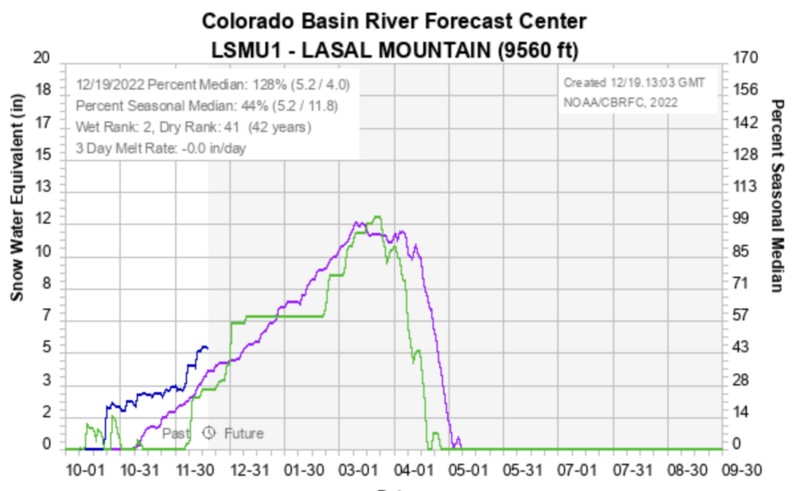Forecast for the Moab Area Mountains

Issued by Dave Garcia on
Tuesday morning, December 20, 2022
Tuesday morning, December 20, 2022
Today you will find a MODERATE danger for triggering avalanches on a buried persistent weak layer on slopes that face W-N-SE The danger is greatest on steep northerly aspects near treeline and above where accumulated and drifted snow has built slabs 2'-4' thick over this weak layer. While there is a lower likelihood of triggering an avalanche right now, the consequences of being caught in a slide remain dangerous.
Most S and SW facing terrain offers generally LOW danger.

Low
Moderate
Considerable
High
Extreme
Learn how to read the forecast here





